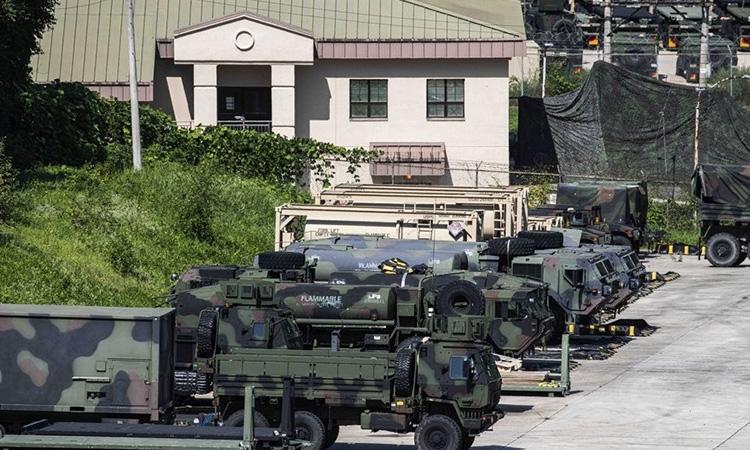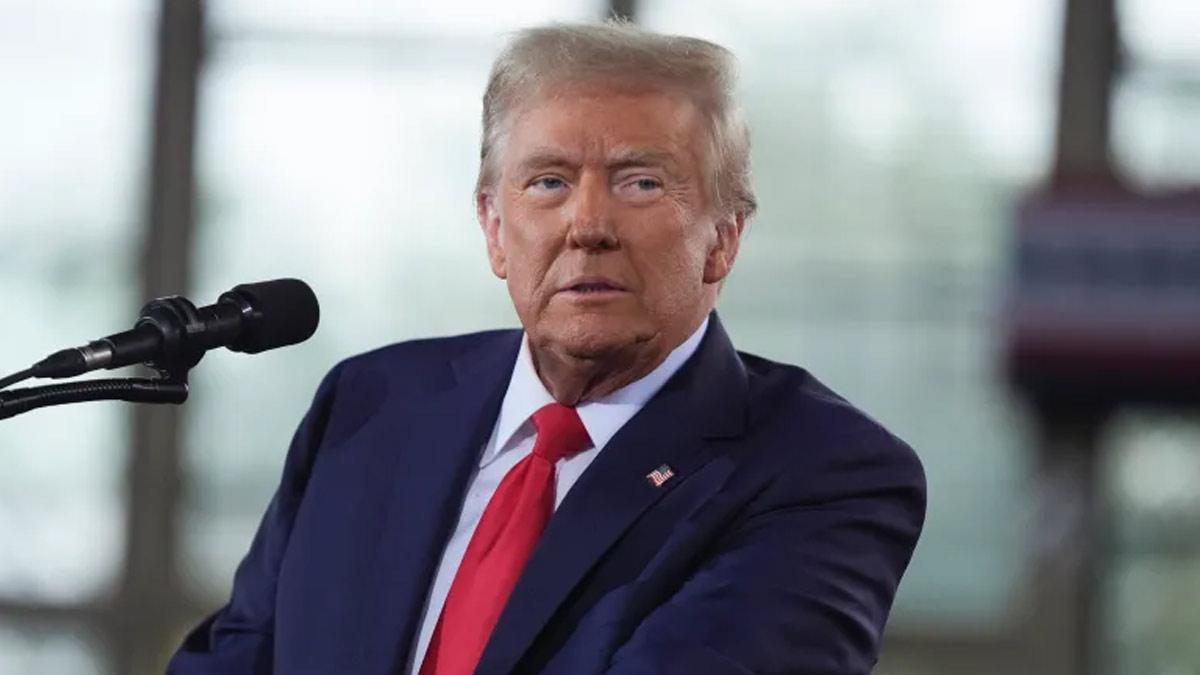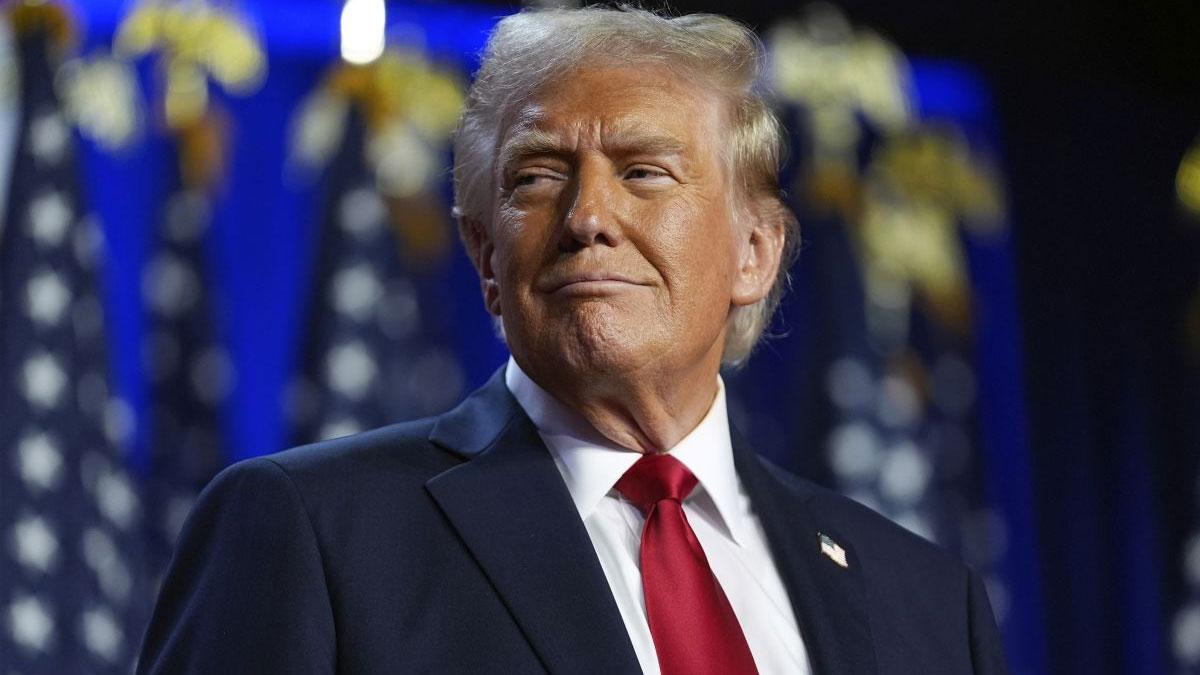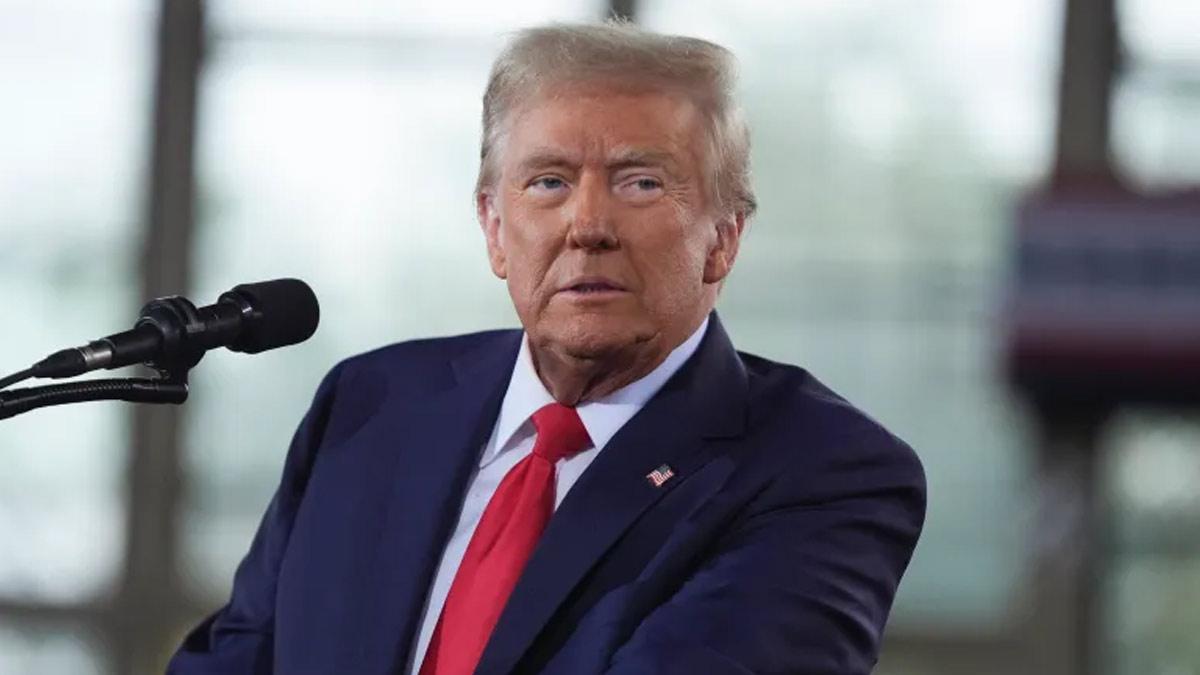The US Department of Defence has concluded its review of the global defence posture, calling for cooperation with allies and partner countries to deter North Korean threats and potential Chinese aggression.
After months of analysis, the Pentagon released the results of the 2021 Global Posture Review (GPR) on Monday (US time), which included its decision to permanently station a previously rotational Apache attack helicopter unit and artillery division headquarters in South Korea, reported Yonhap news agency.
The GPR informed Defence Secretary Lloyd Austin's approval of the permanent stationing of the helicopter squadron and artillery division headquarters in South Korea, announced earlier this year, the department said in a press release. It gave no further details.
Also Read | US should drop Trump's maximum pressure policy against Iran: Iranian spokesman
It appears to be referring to the 5-17th Heavy Armed Reconnaissance Squadron (HARS) and the Headquarters and Headquarters Battalion, 2nd Infantry Division Artillery (HBB, DIVARTY). The Eighth US Army, based in South Korea, announced the decision on the units in September.
The GPR comes at a time when Washington has been striving to reinforce cooperation with friendly nations against an increasingly assertive China and a nuclear-ambitious North Korea.
"In the Indo-Pacific, the review directs additional cooperation with allies and partners to advance initiatives that contribute to regional stability and deter potential Chinese military aggression and threats from North Korea," the Pentagon added.
The GPR assessed the US military's defence posture across major regions outside the US, and developed near-term posture adjustments and analysis on longer-term strategic matters, according to the Pentagon.
A focus is apparently placed on military reinforcements on Guam and in Australia, a key US ally with which the US has recently been strengthening security cooperation through a nuclear-powered submarine deal that also involves Britain.
"These (defence) initiatives include seeking greater regional access for military partnership activities; enhancing infrastructure in Australia and the Pacific Islands; and planning rotational aircraft deployments in Australia, as announced in September," the Pentagon said.
The Pentagon did not hint at any major realignment of American forces in South Korea and in the adjacent region, though speculation has lingered that the US could seek adjustments to the role of the US Forces Korea (USFK) in order to help counter security challenges from China.
The future role of the USFK has been a key security topic for Seoul and Washington, as the US seeks to capitalise on the 28,500-strong contingent for broader regional defence roles in the name of "strategic flexibility," while the South hopes the USFK focuses mostly on countering North Korean threats.
The issue has taken on greater geopolitical overtones, as the US has been seeking to mobilise its military resources in the Indo-Pacific to deal with China's growing assertiveness amid a hardening great-power rivalry on security, technology, trade and other fronts.
Also Read | US Congress affirms Joe Biden's win over Donald Trump after Capitol chaos
US President Joe Biden ordered the GPR in February. Secretary Austin had led the review under a whole-of-government effort and in coordination with allies and partner countries, according to the department.


















